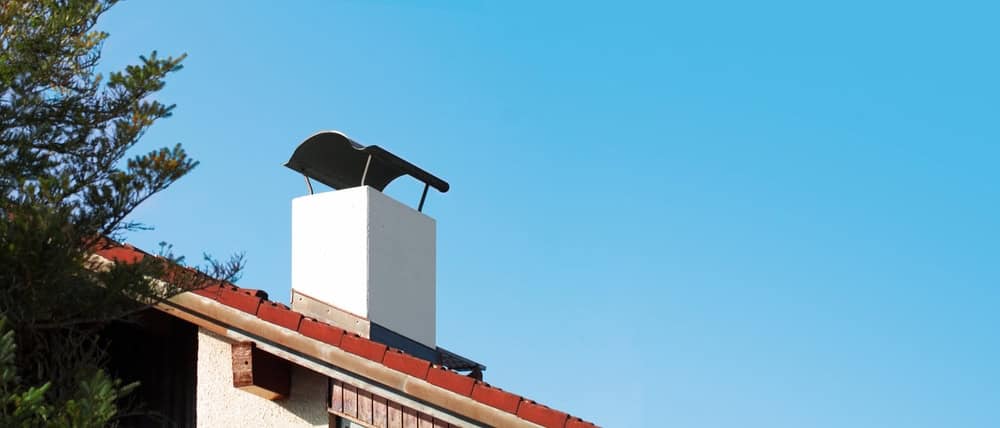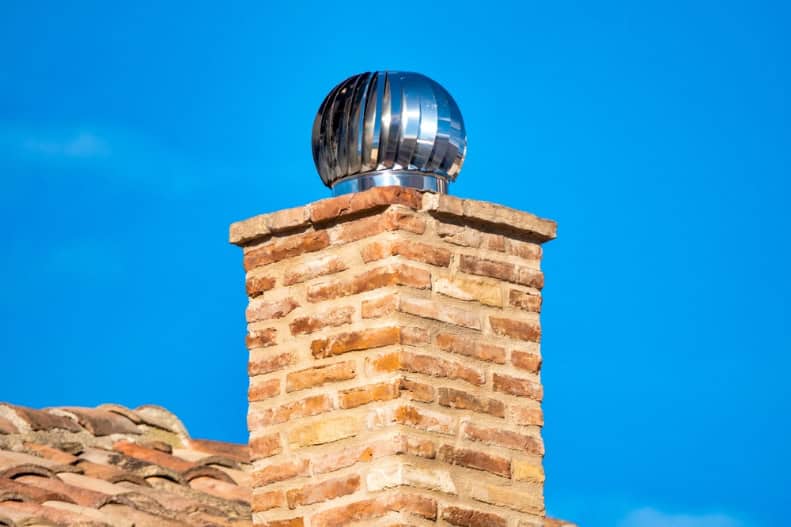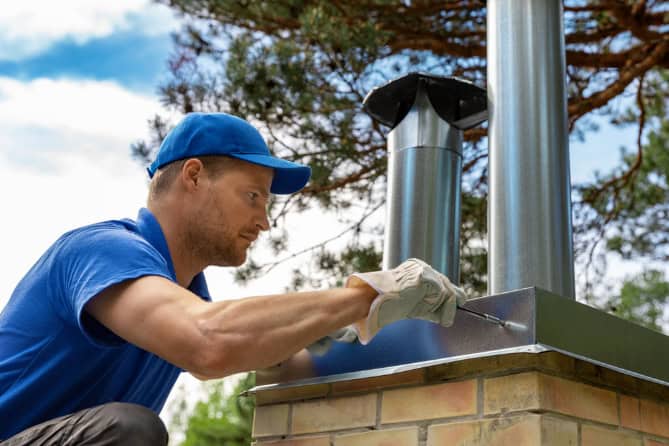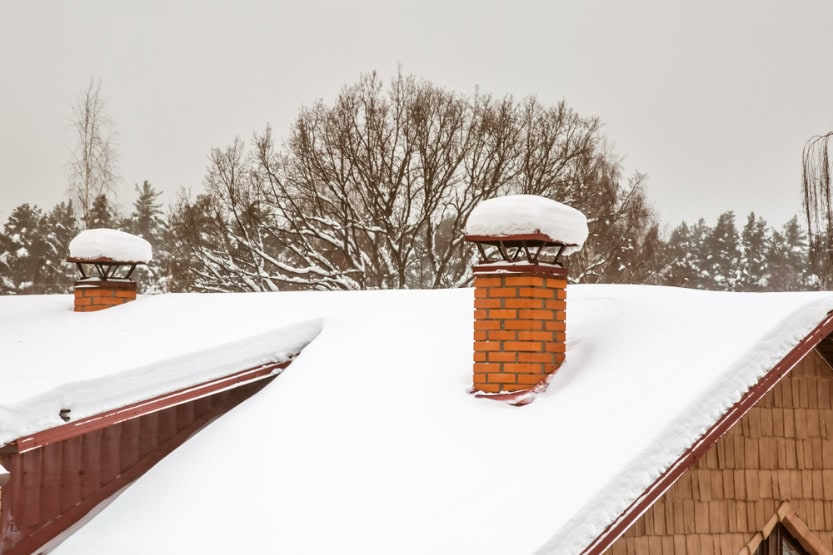Professional chimney cap installation that protects your home from costly leaks, animal intrusion, and coastal weather damage.

Hear from Our Customers

Your chimney cap isn’t just a metal cover—it’s your first line of defense against thousands of dollars in water damage. When properly installed, you’ll never worry about rain pouring down your chimney during those brutal coastal storms.
Animals stop treating your chimney like a vacation home. No more scratching sounds at 3 AM or expensive removal calls when raccoons decide to move in.
Your fireplace works the way it should. Proper airflow means better fires, less smoke in your living room, and an end to those frustrating draft problems that make winter evenings miserable.
We’ve been protecting Narragansett Pier homes since 2000. The same experienced team that started this work over twenty years ago still handles your installation today.
Every one of our technicians carries CSI certification from the Chimney Safety Institute of America. That’s not just paperwork—it’s proof we know how to handle the unique challenges that coastal Rhode Island throws at your chimney system.
You’re not getting a quick fix from someone who learned chimney work last month. You’re getting professionals who understand how salt air, winter storms, and older home construction affect your specific situation.

First, we inspect your current chimney condition and measure for the right fit. Cookie-cutter solutions don’t work here—every chimney has different dimensions and requirements.
Next comes the actual installation. We remove any damaged components, clean the chimney crown, and secure your new cap with proper fastening that won’t fail during the next nor’easter.
Finally, we test everything to make sure your fireplace draws correctly and the cap provides complete protection. You’ll know exactly what we did and why, plus what to watch for going forward.

Ready to get started?
Stainless steel construction resists the salt air that destroys cheaper materials within a few seasons. You won’t be replacing this cap in three years because it rusted through.
Custom fitting means no gaps where water sneaks in or animals squeeze through. We measure your specific chimney and create a cap that actually fits, not something close enough that leaves you vulnerable.
Spark arrestor screens prevent embers from escaping while still allowing proper ventilation. Essential for fire safety, especially with the dry conditions that sometimes hit our area during summer months.
